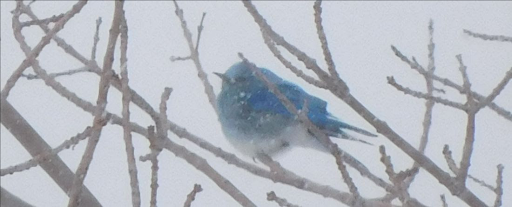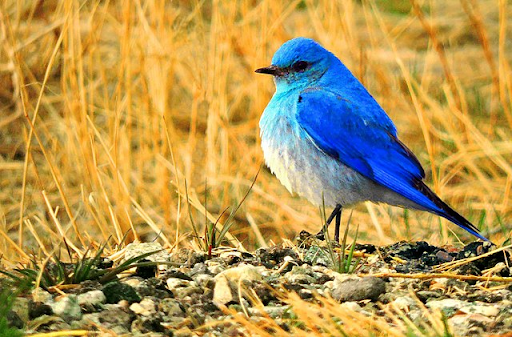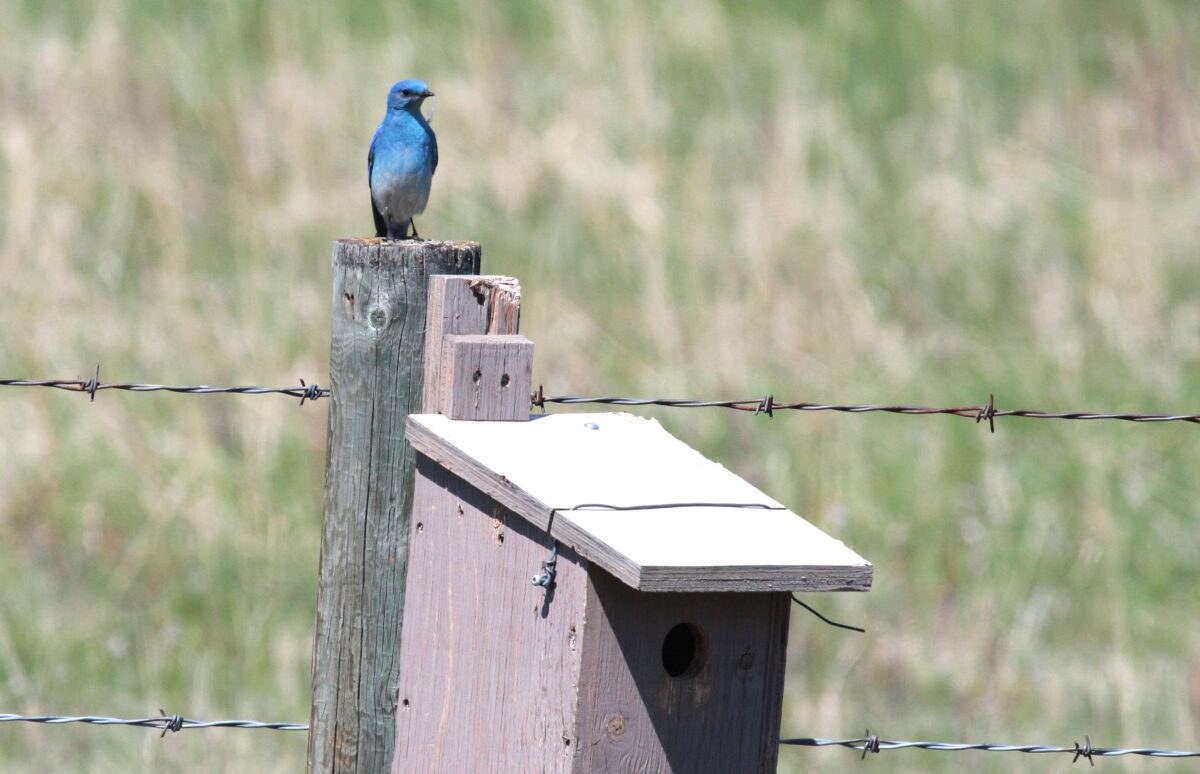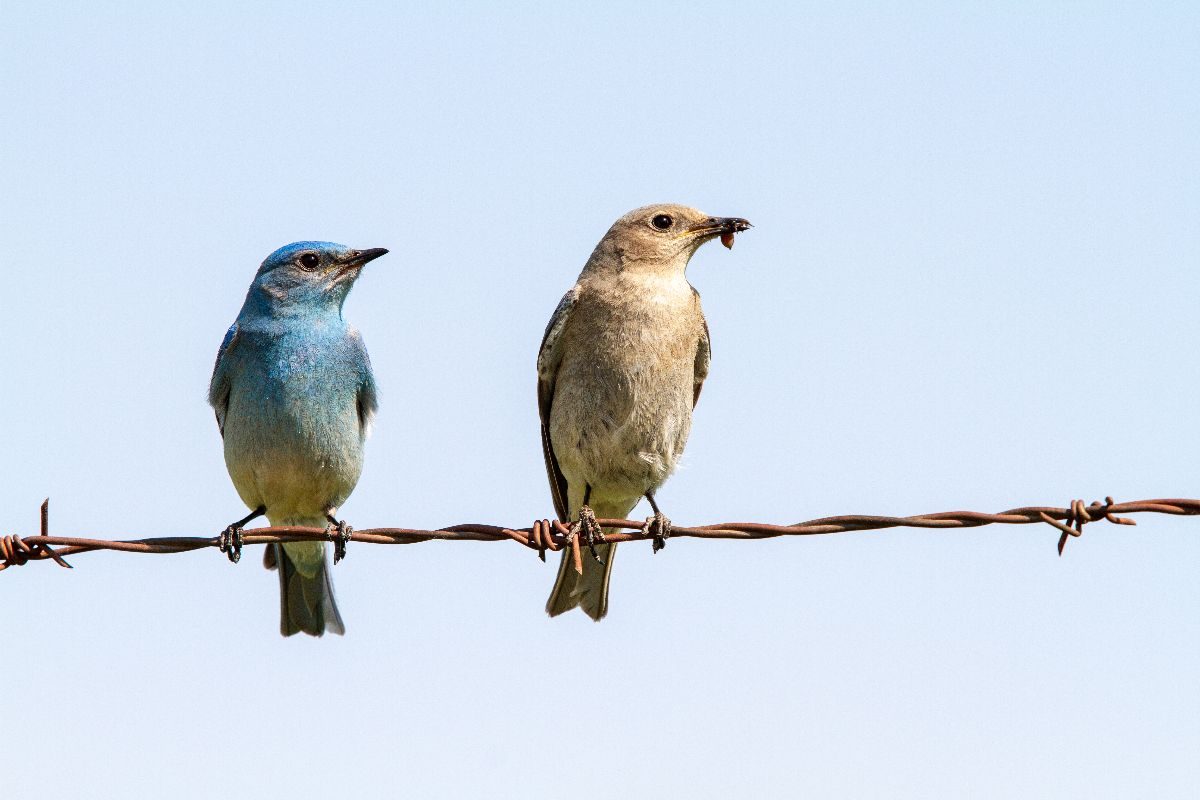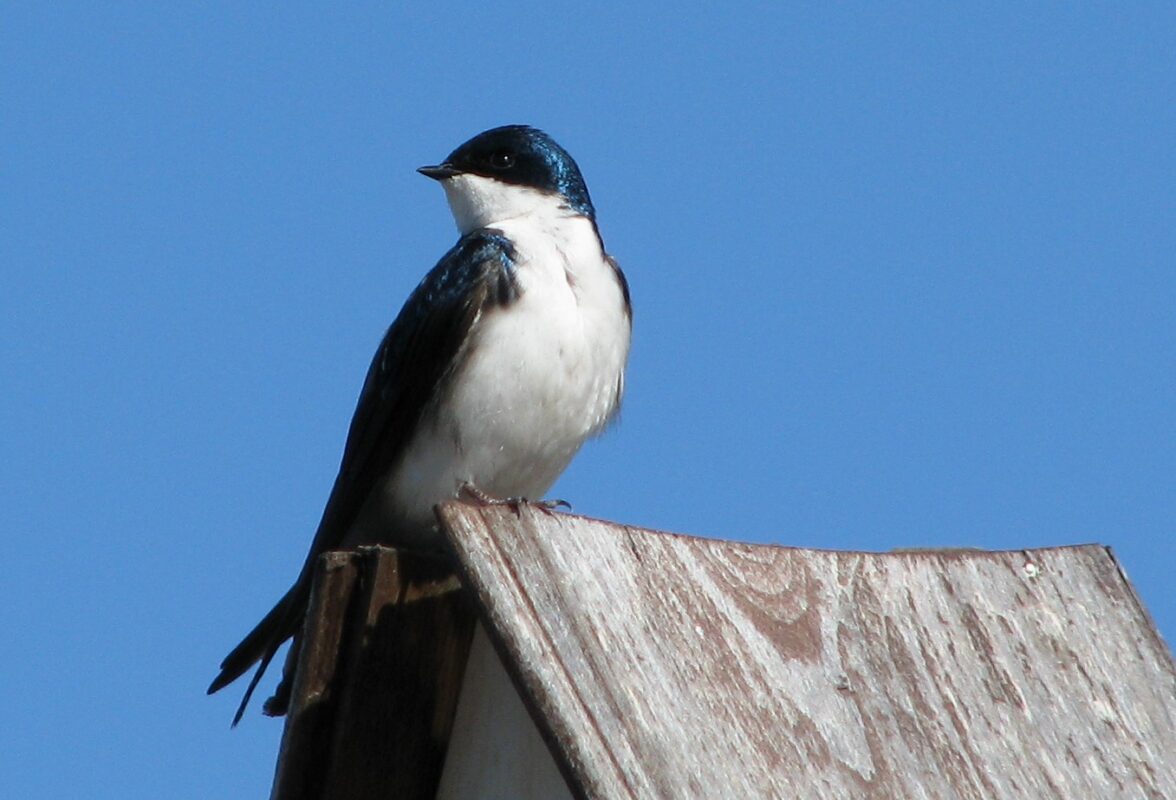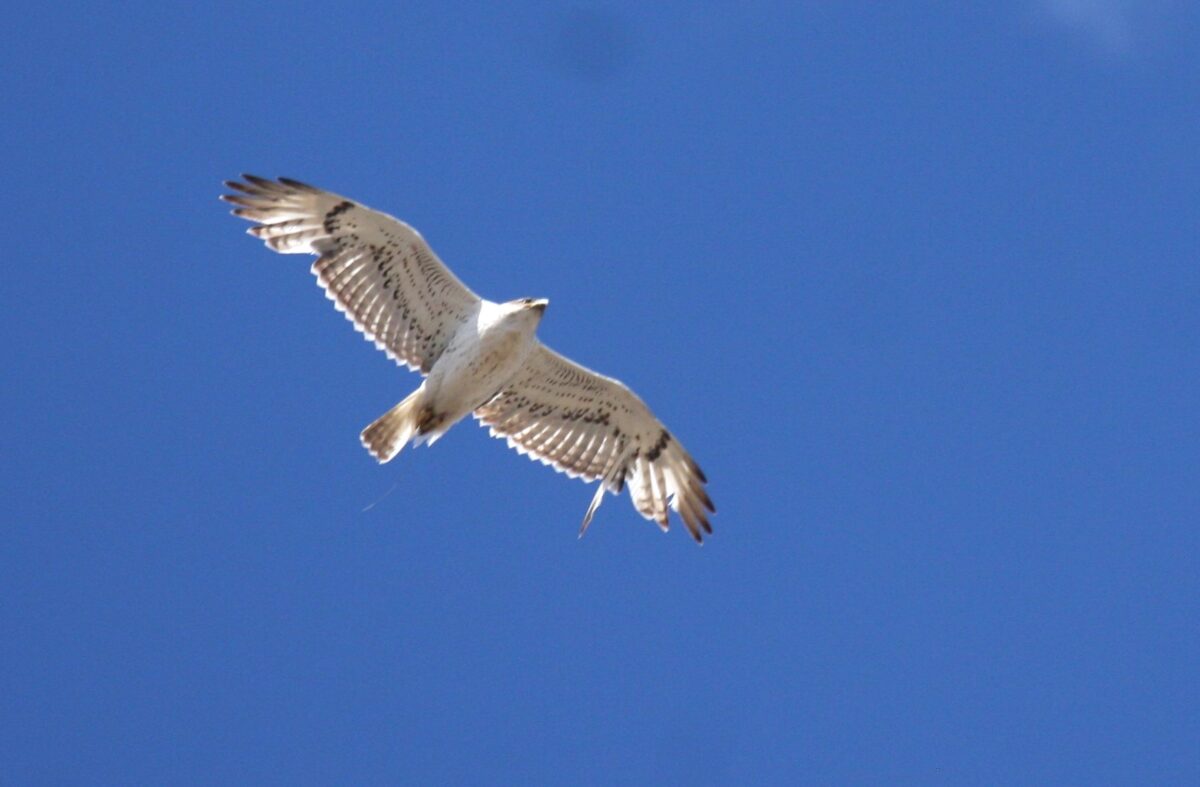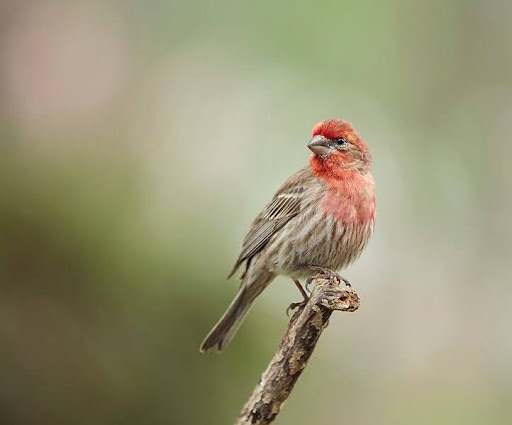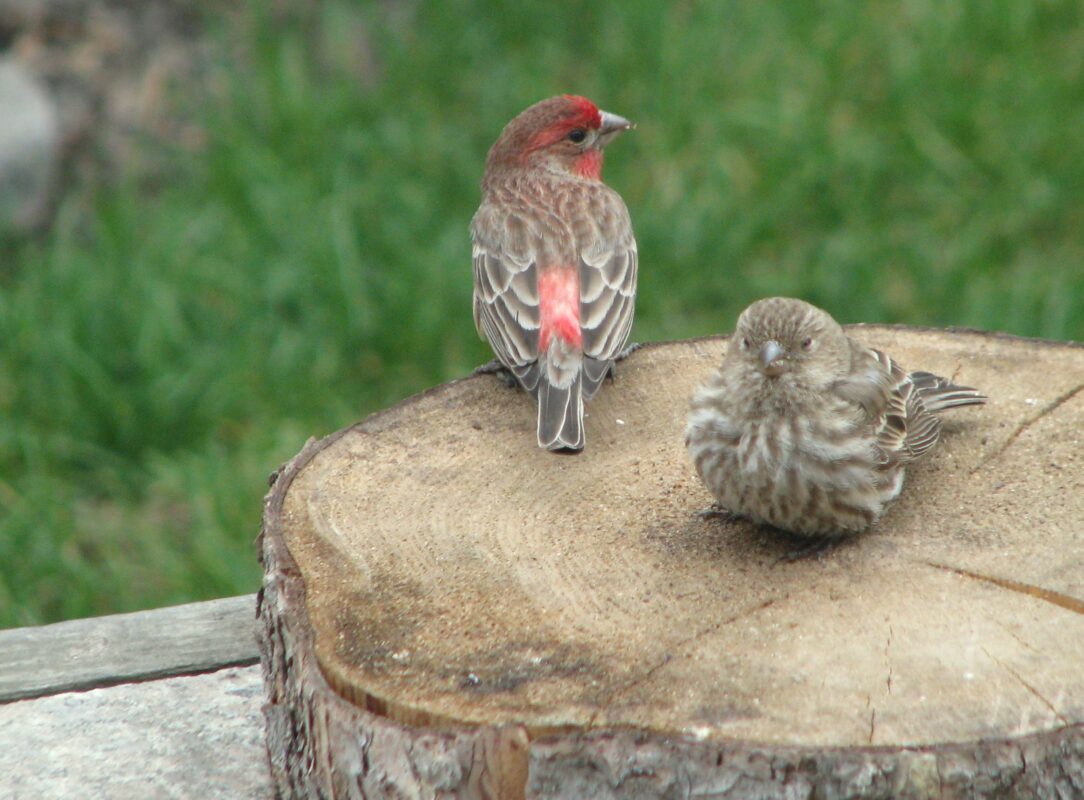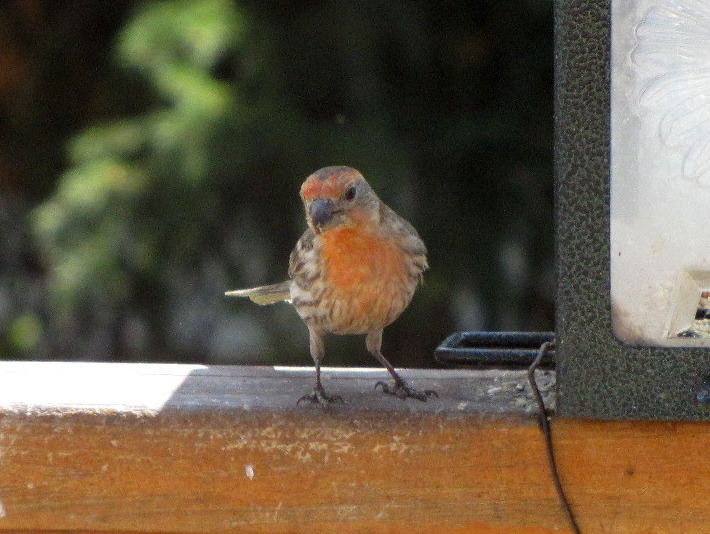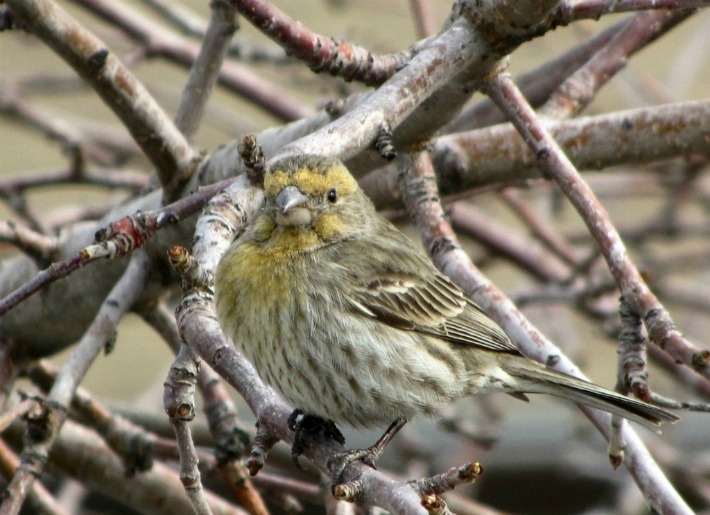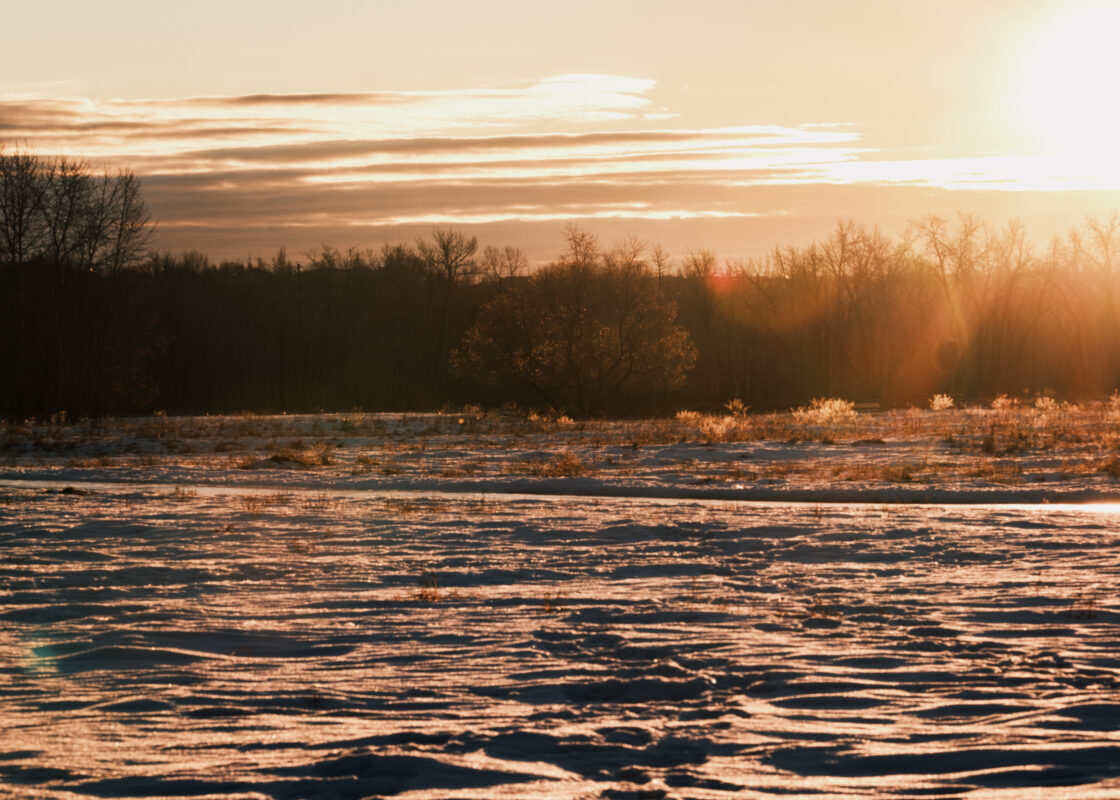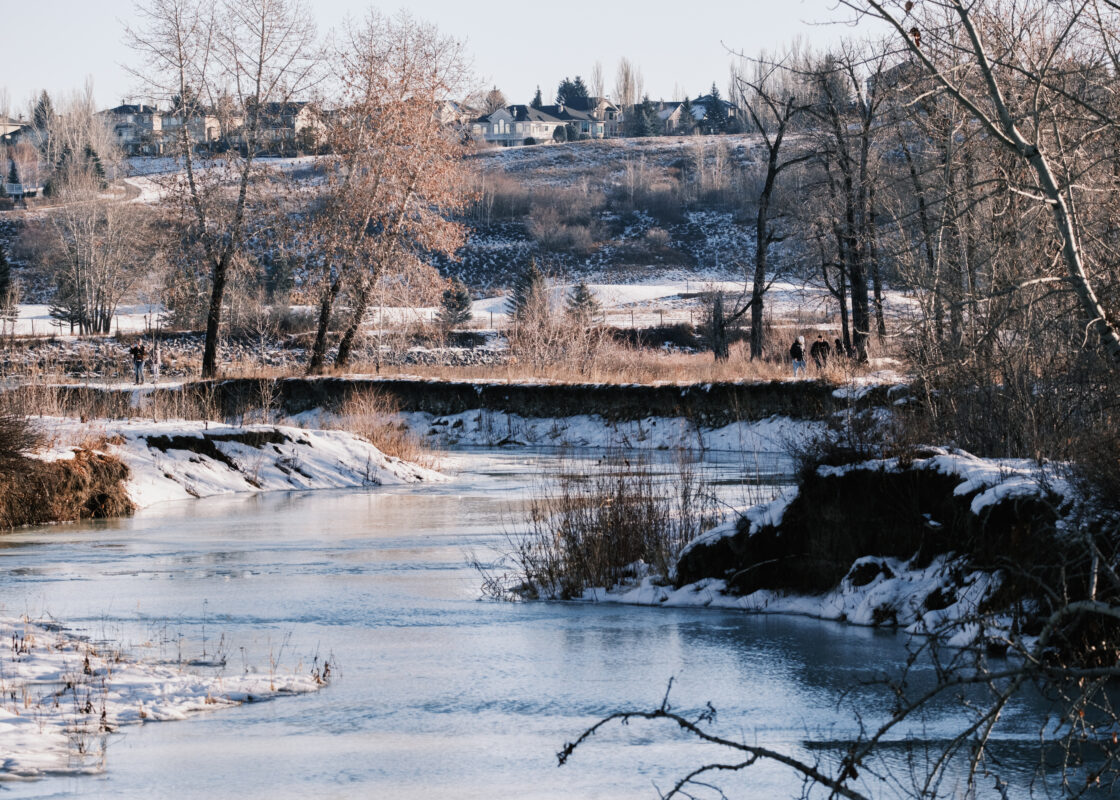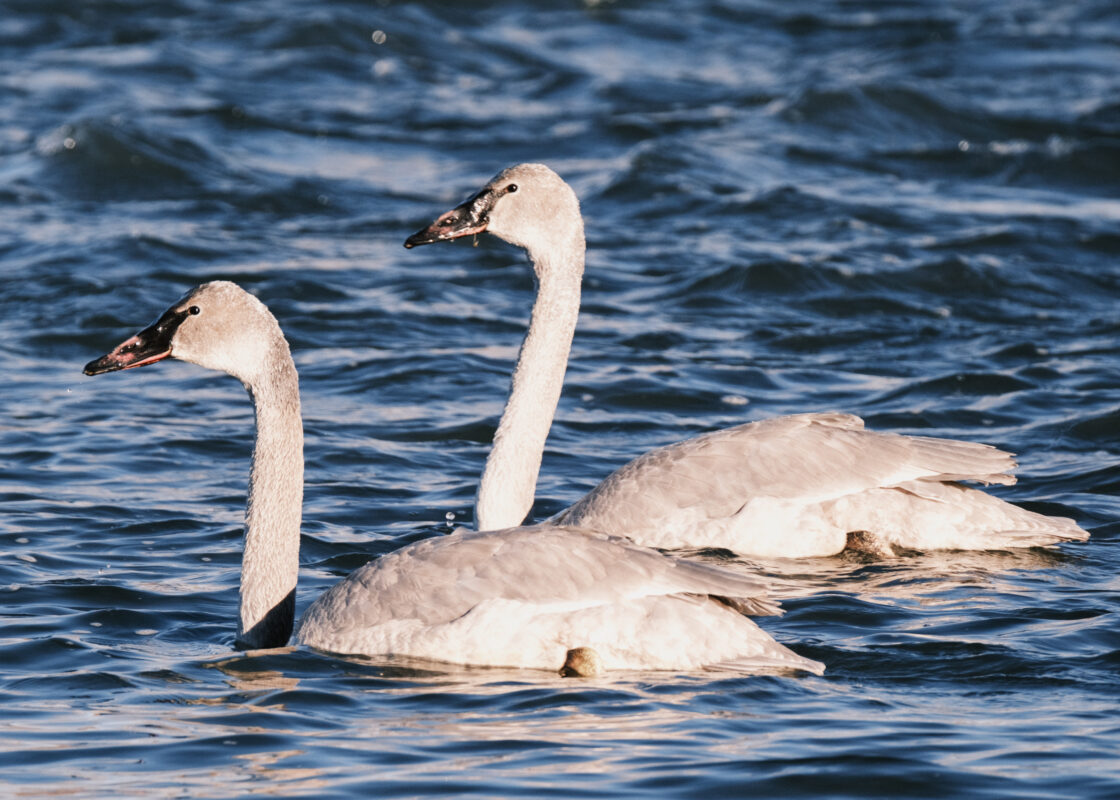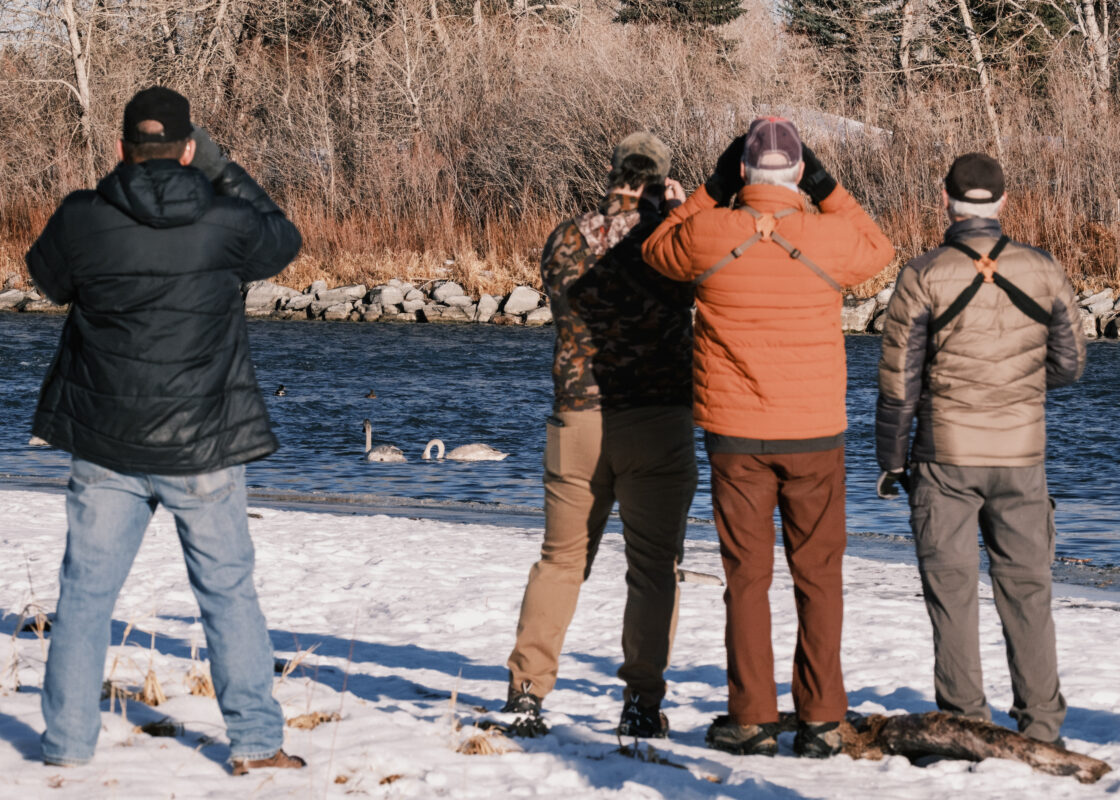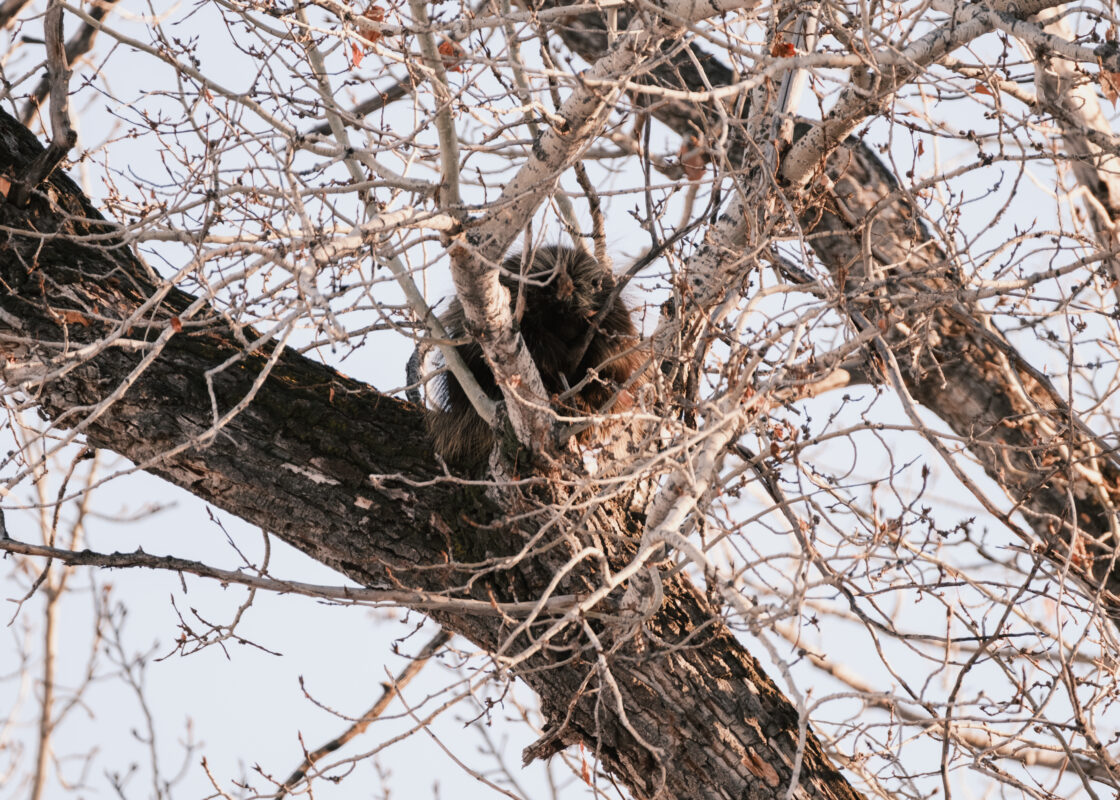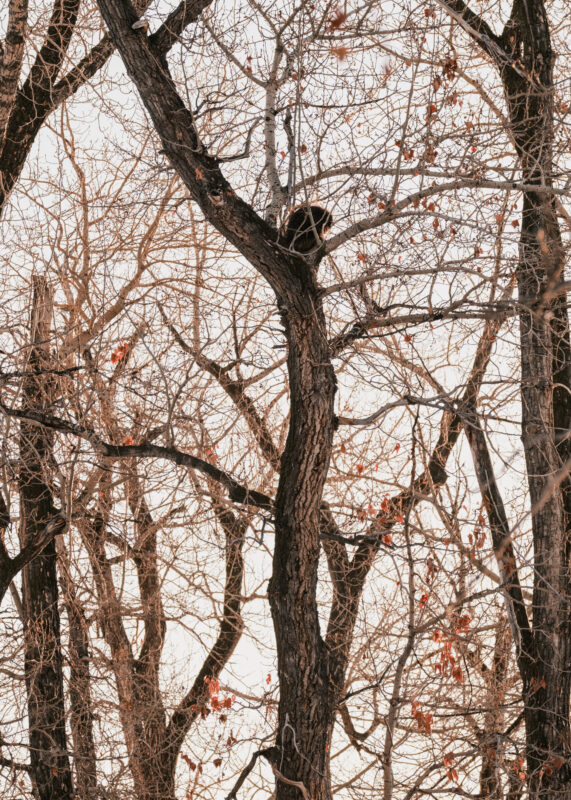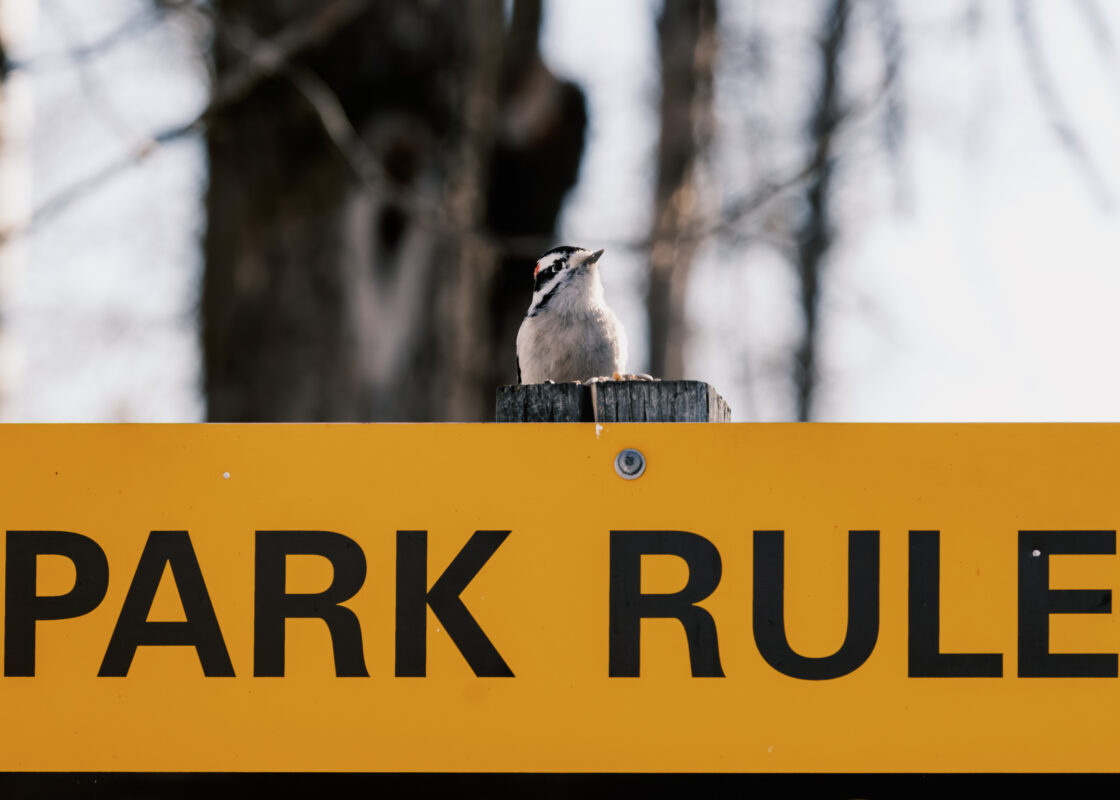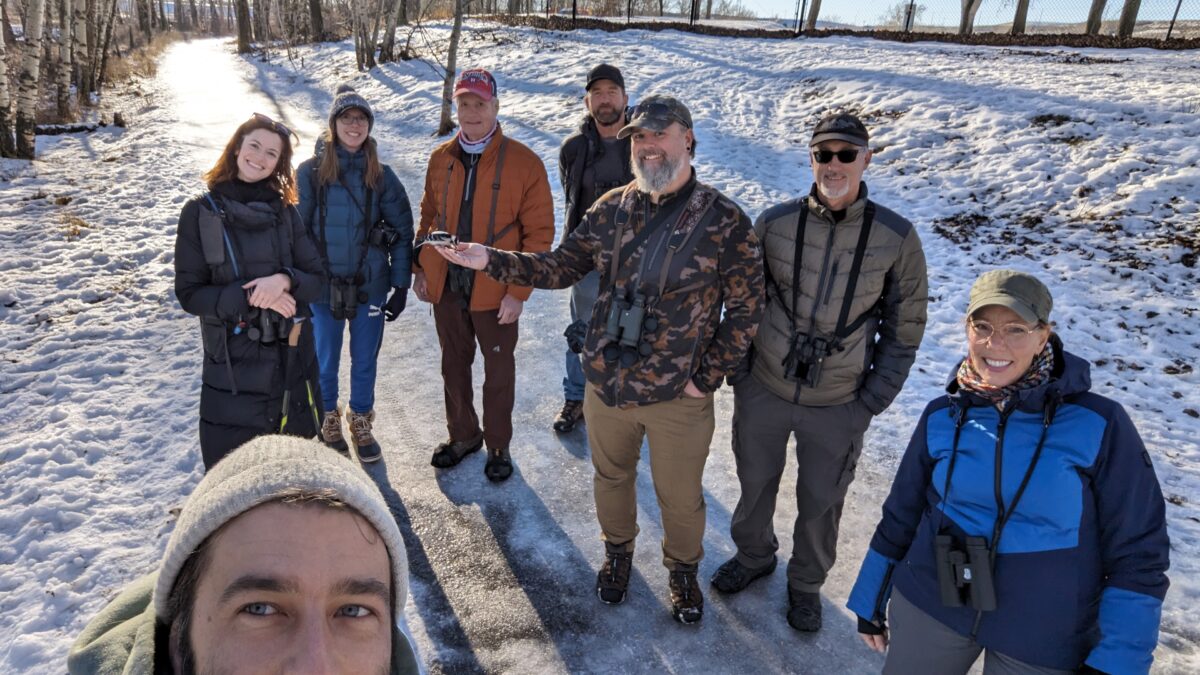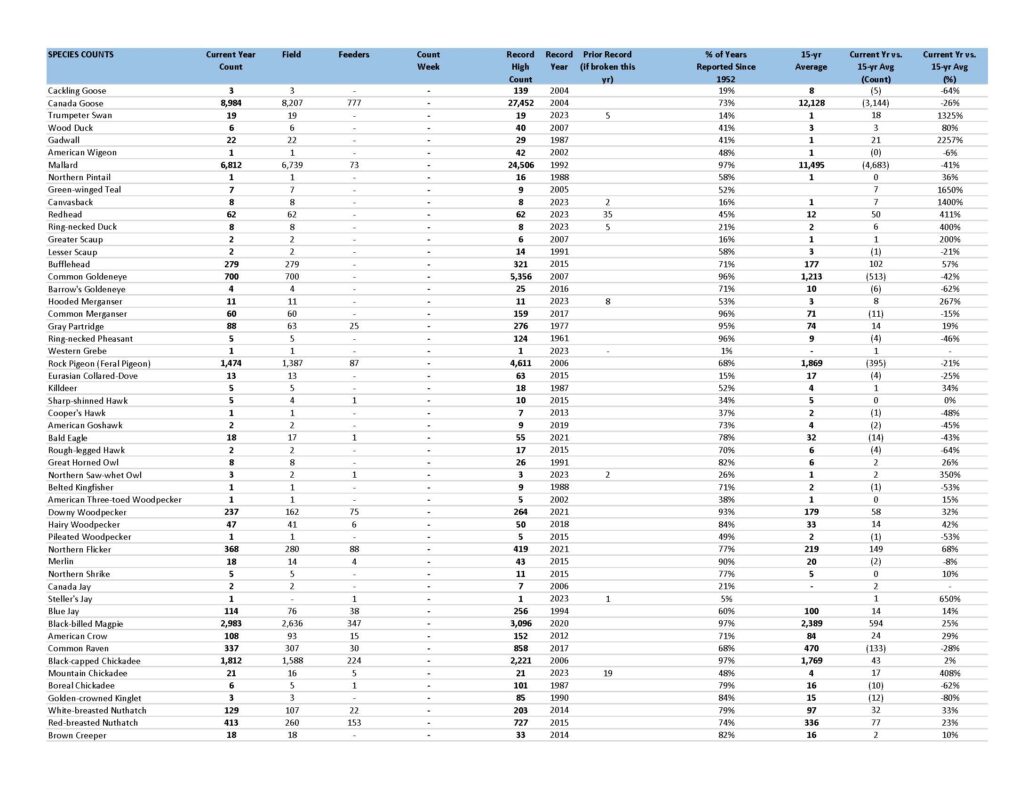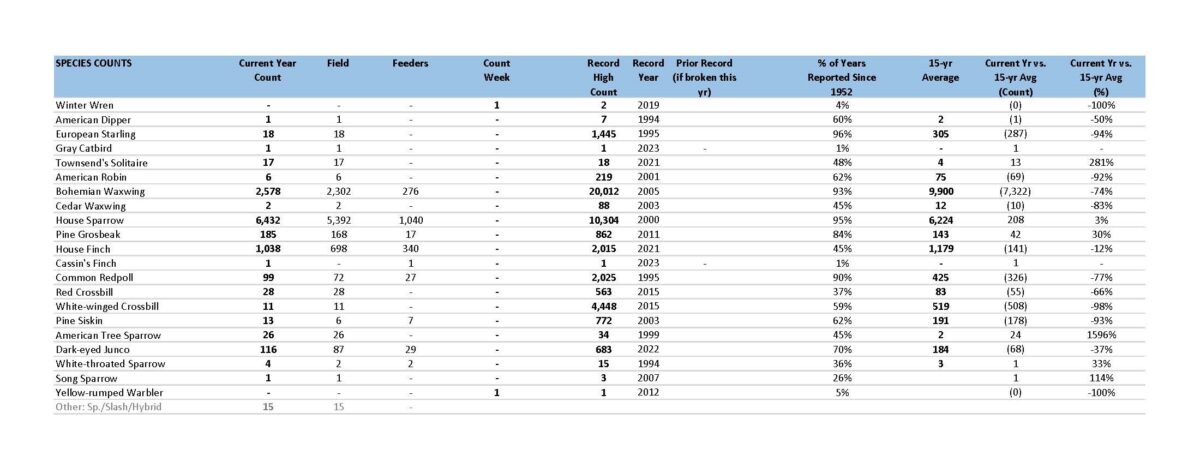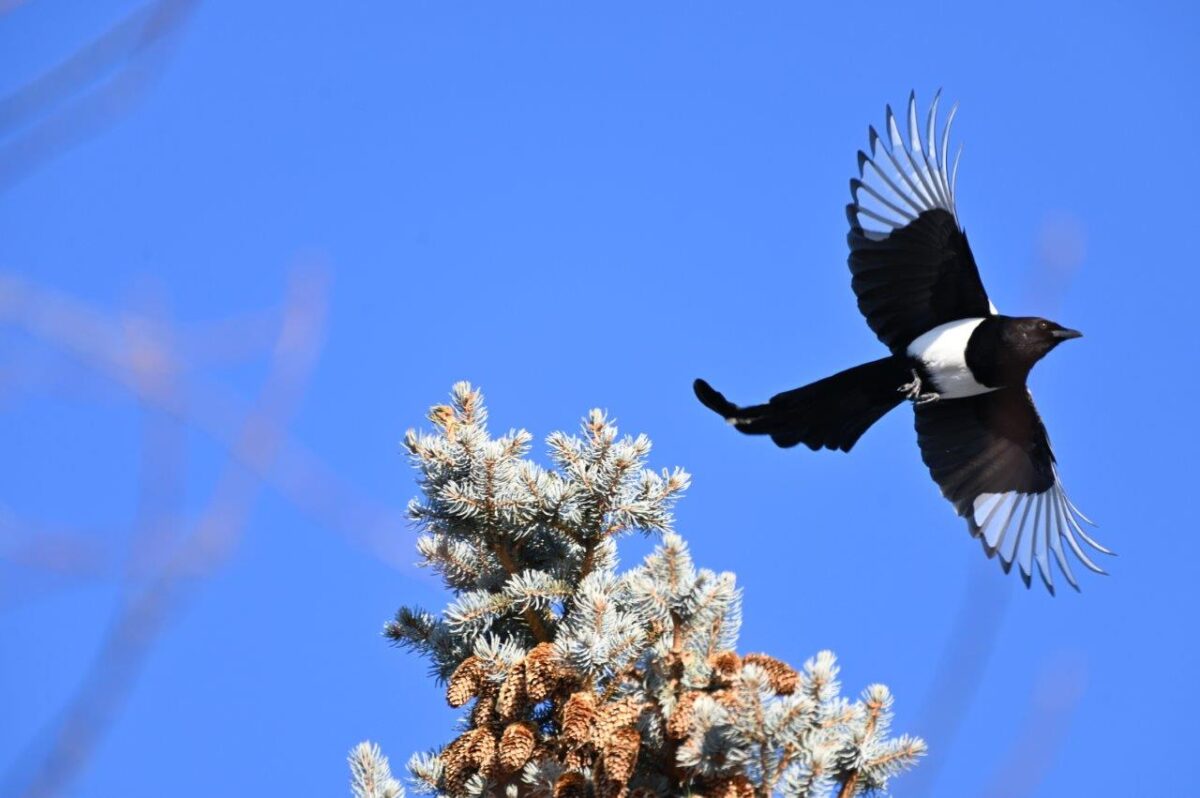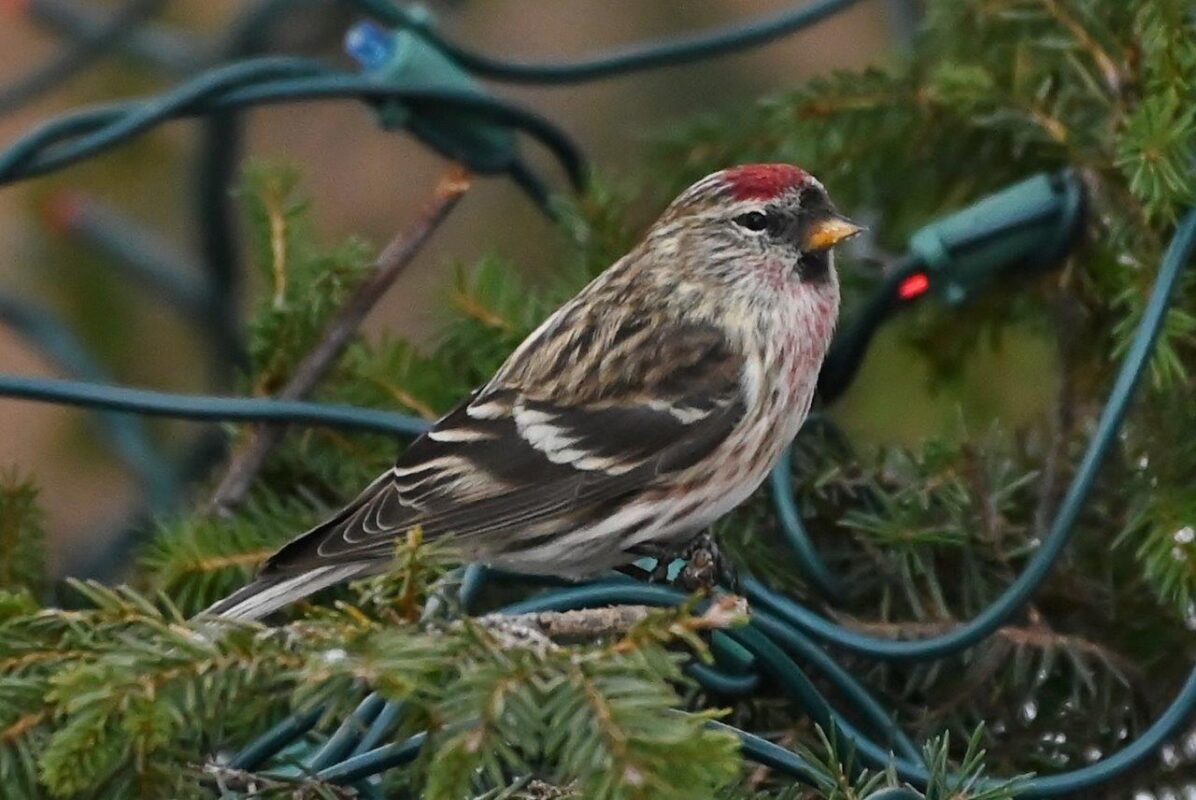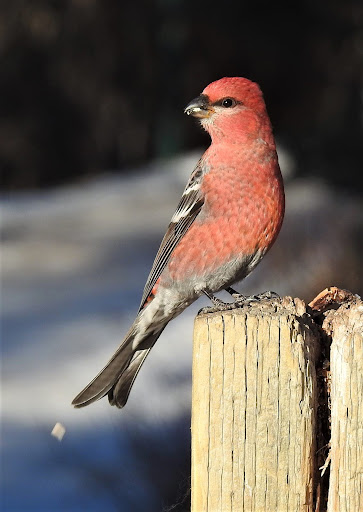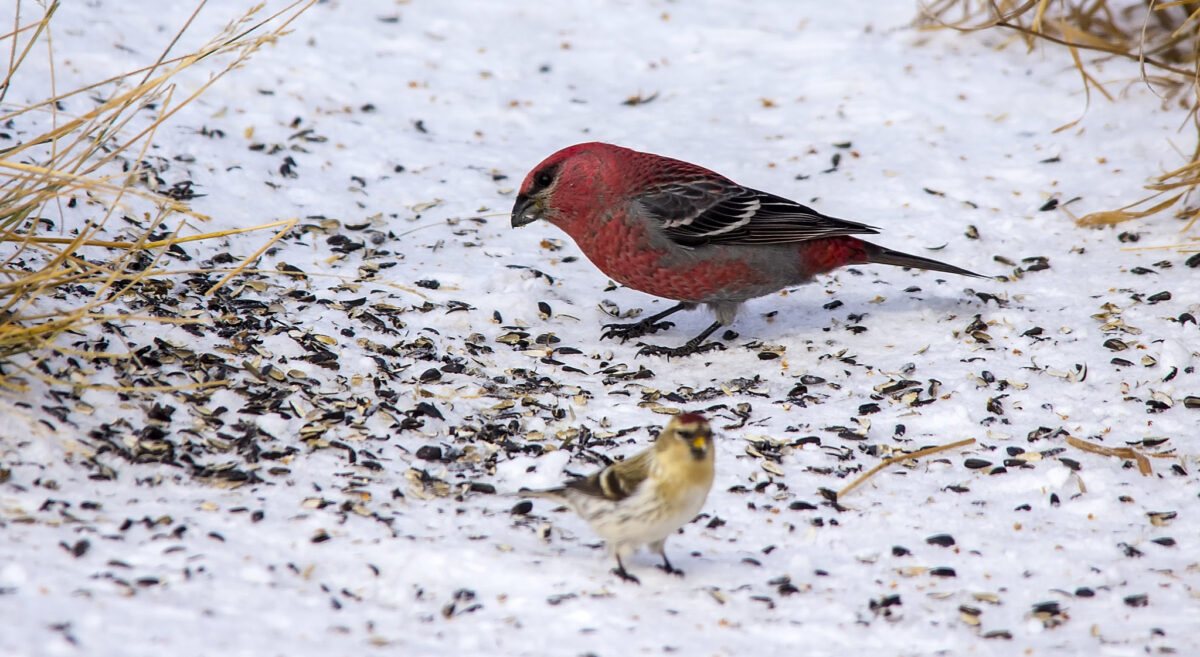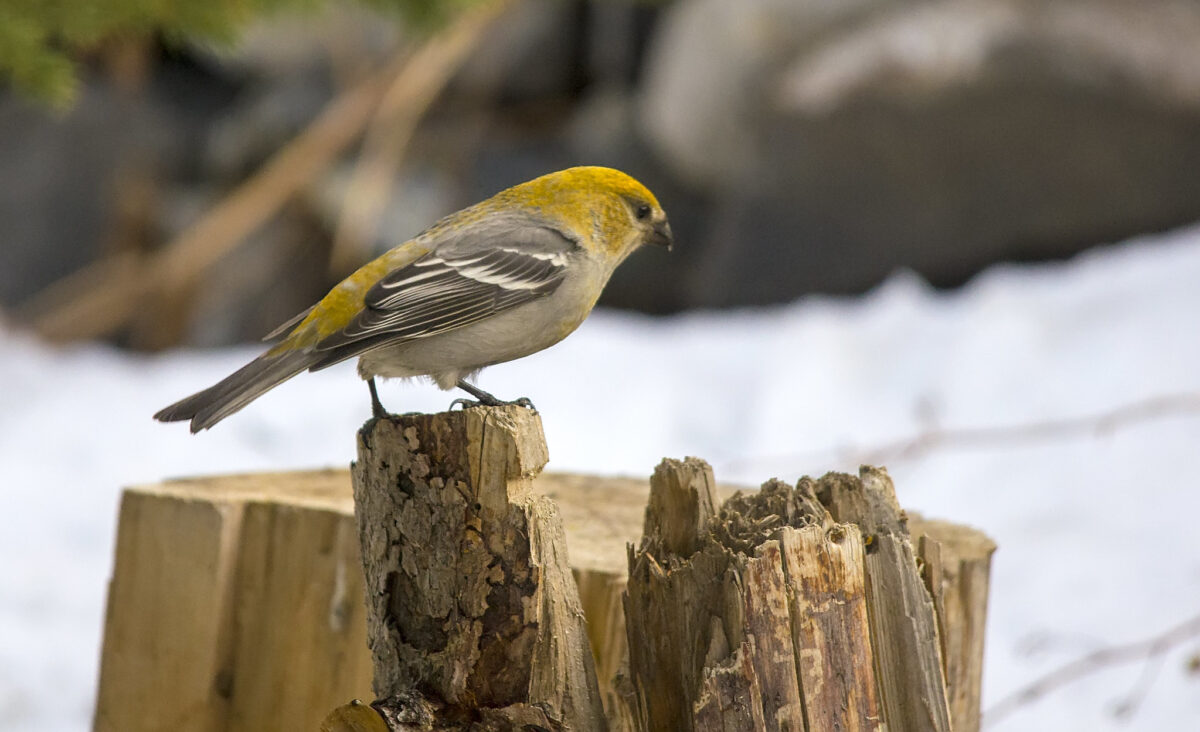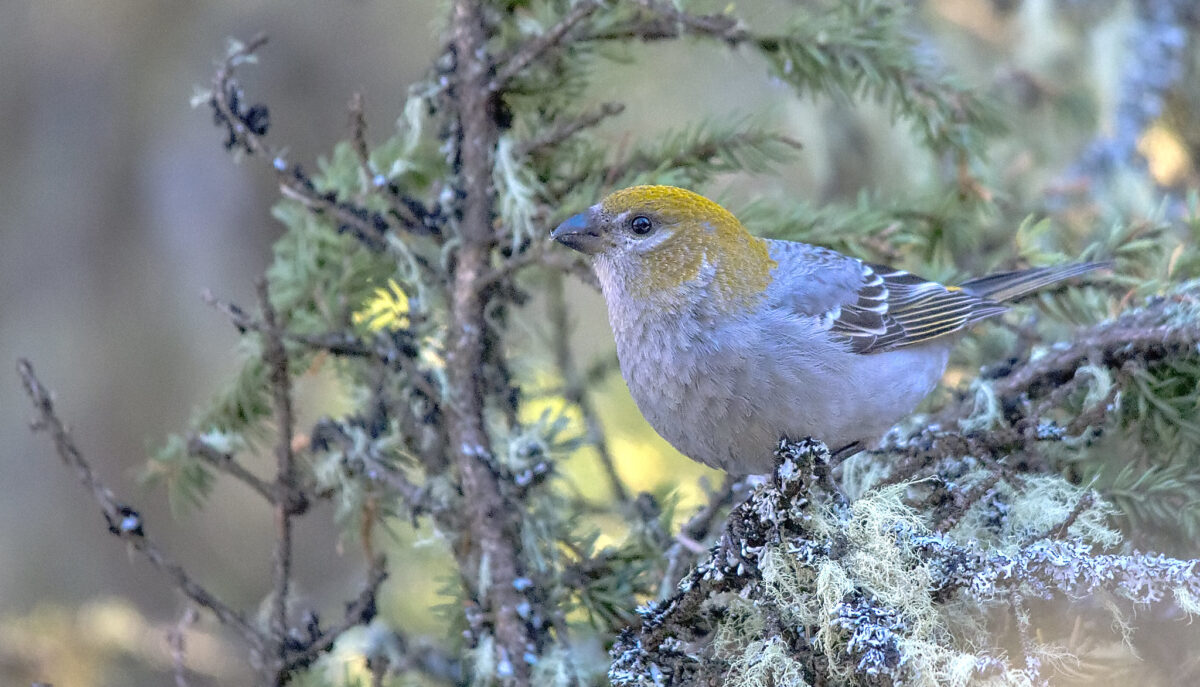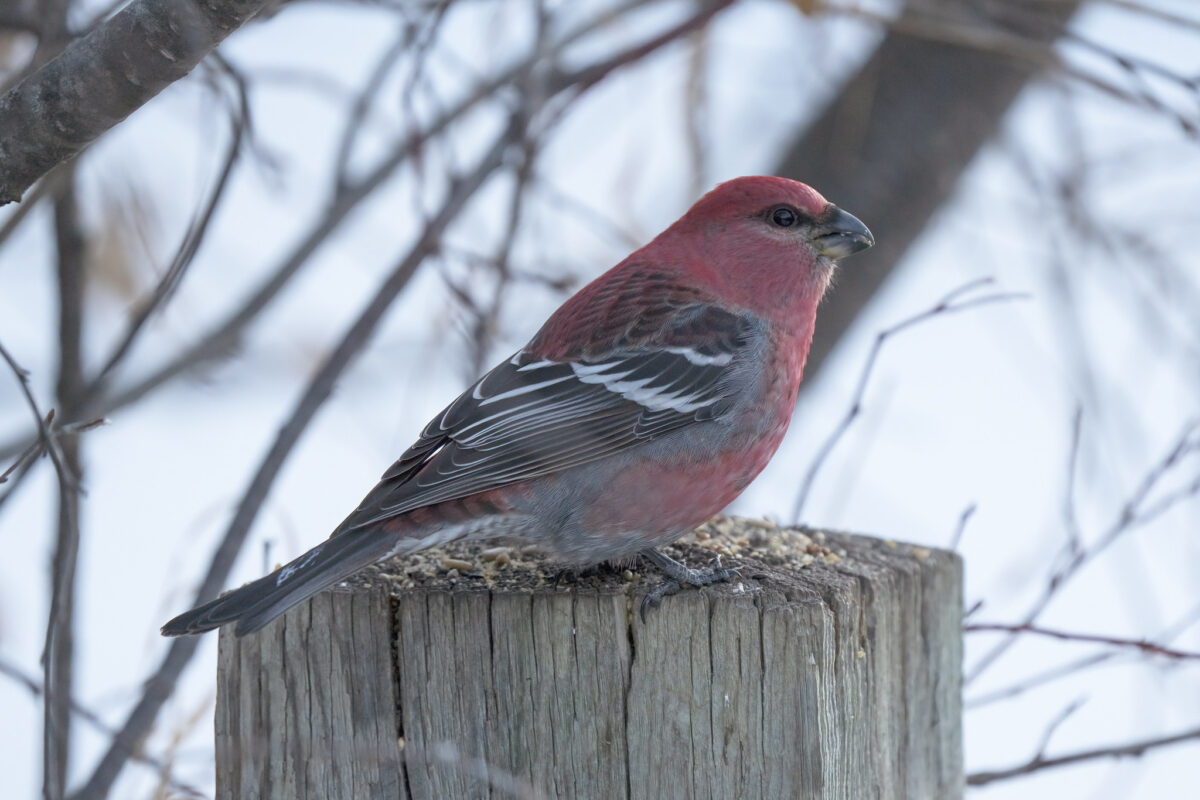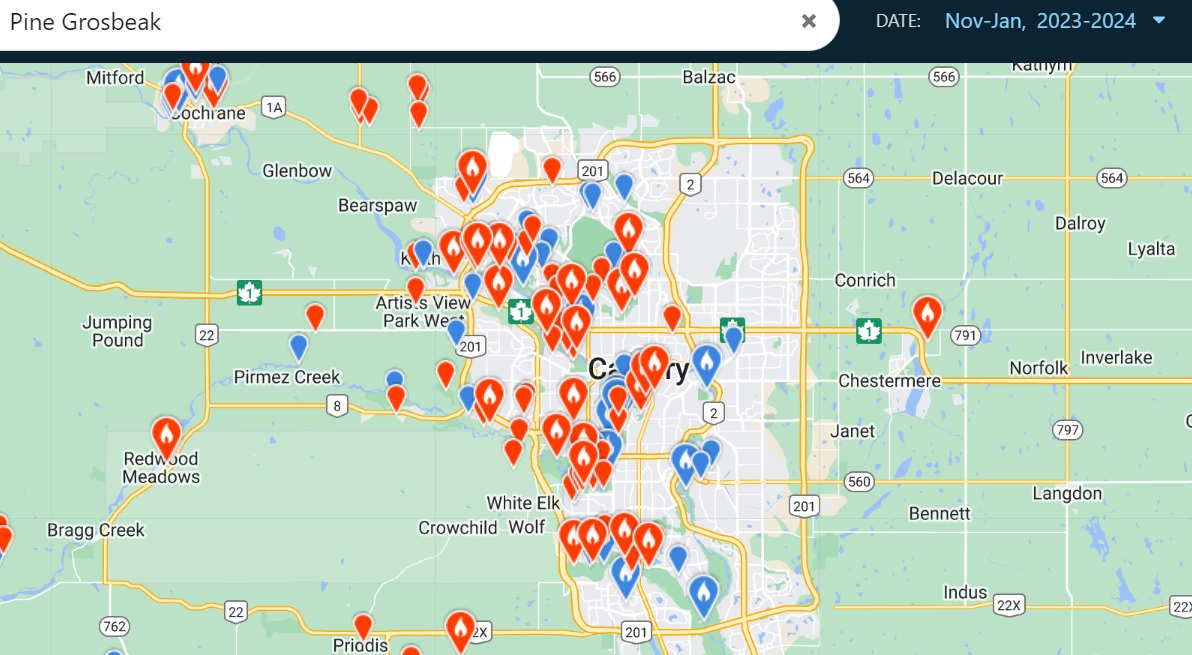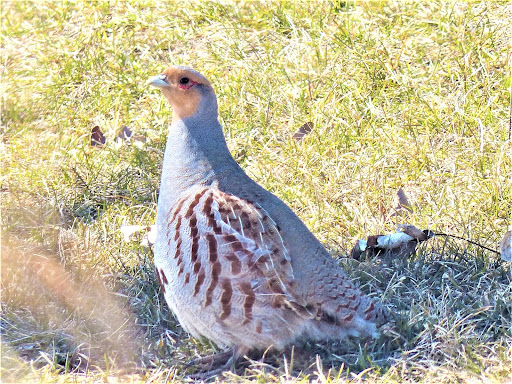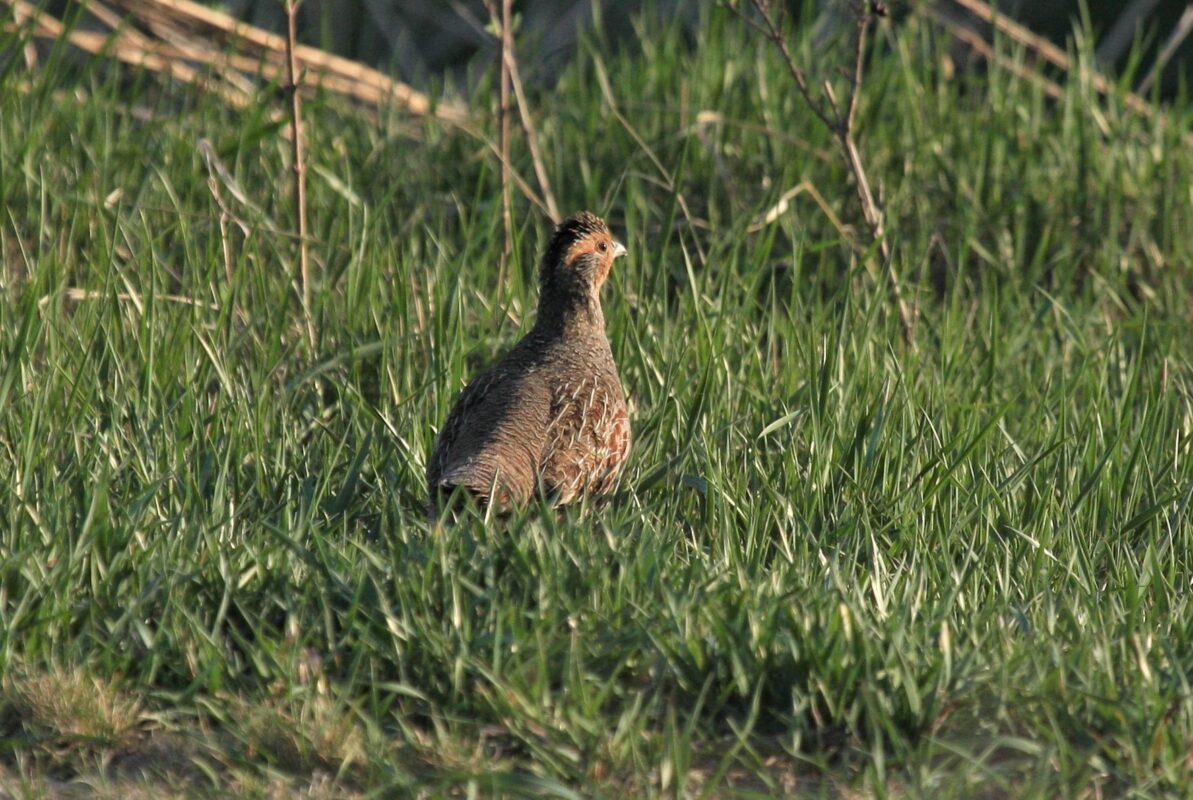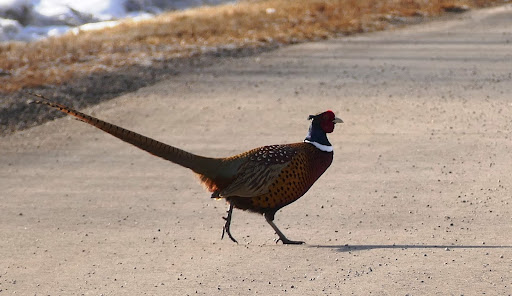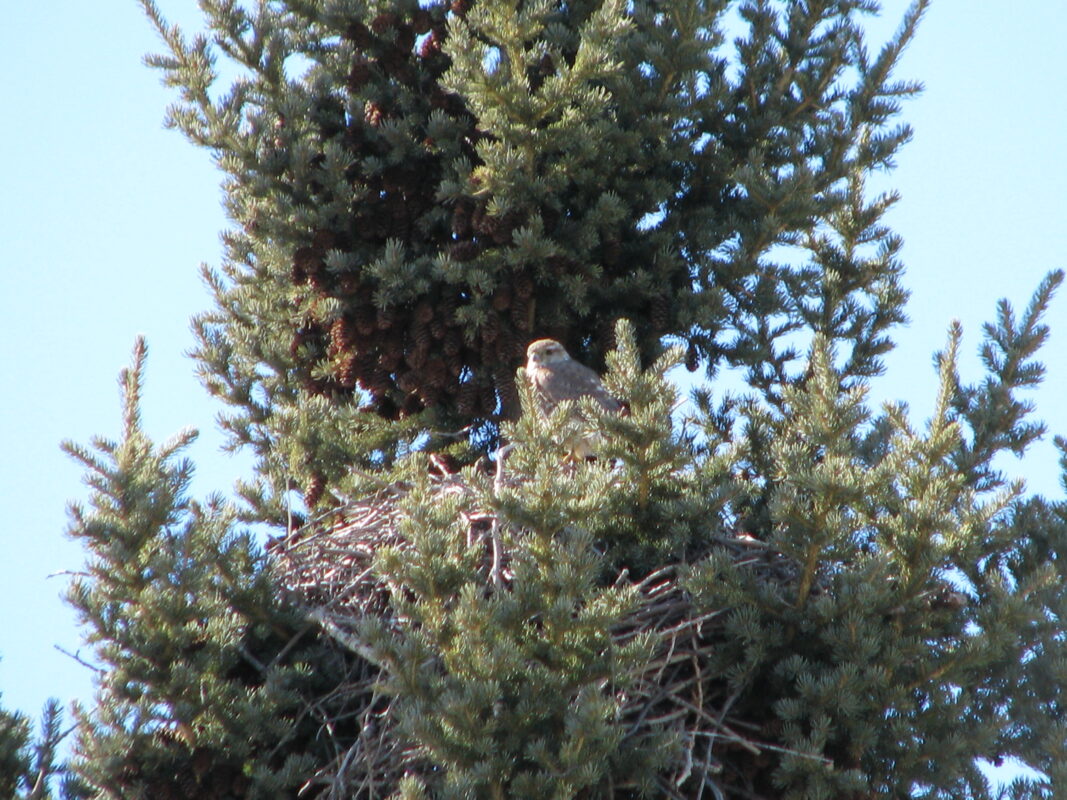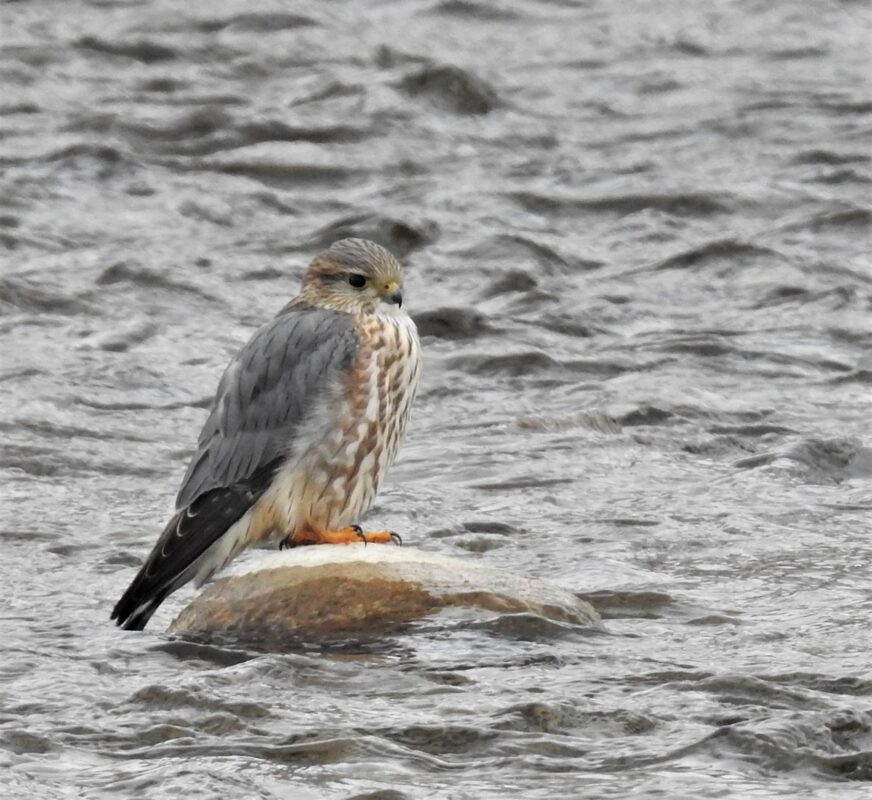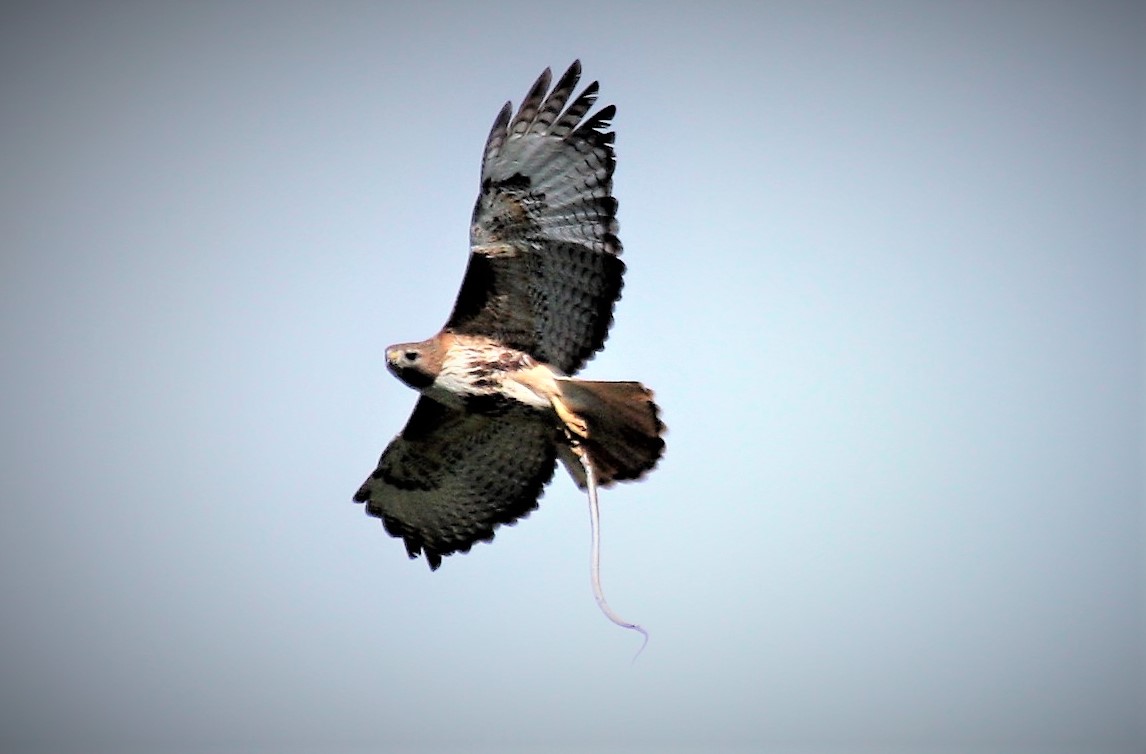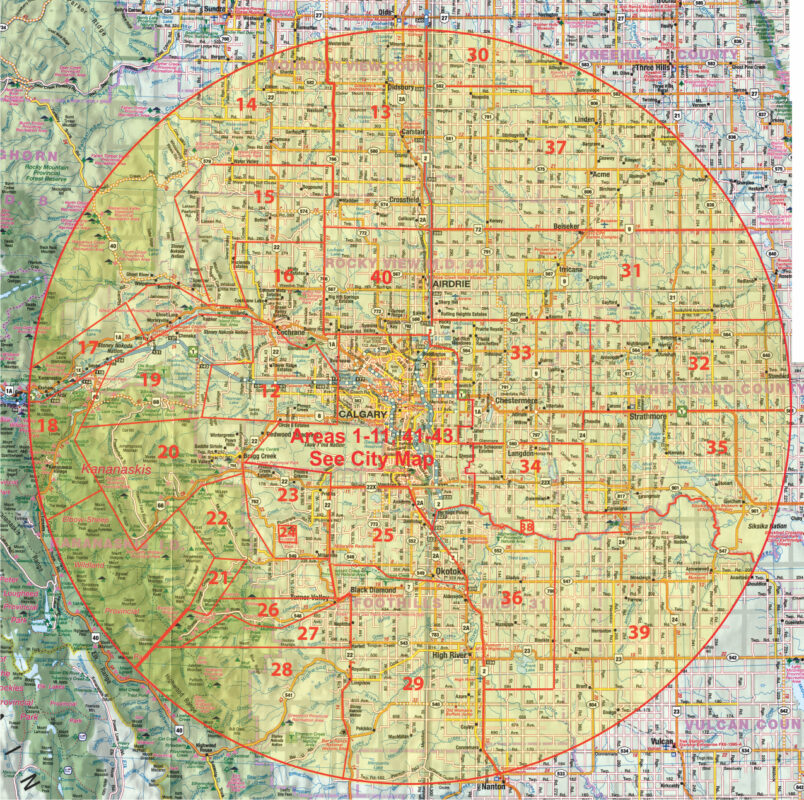Thursday April 26 through Monday April 29
Posted by Bob Lefebvre
The sixth annual Calgary City Nature Challenge is coming up soon. This four-day bioblitz is an effort to try to record as much of the Calgary and area biodiversity as possible. Cities around the world will be taking part in this effort, and competing to see who makes the most observations and records the most species. As usual, Calgary will be competing to try to increase our own participation and species numbers here.
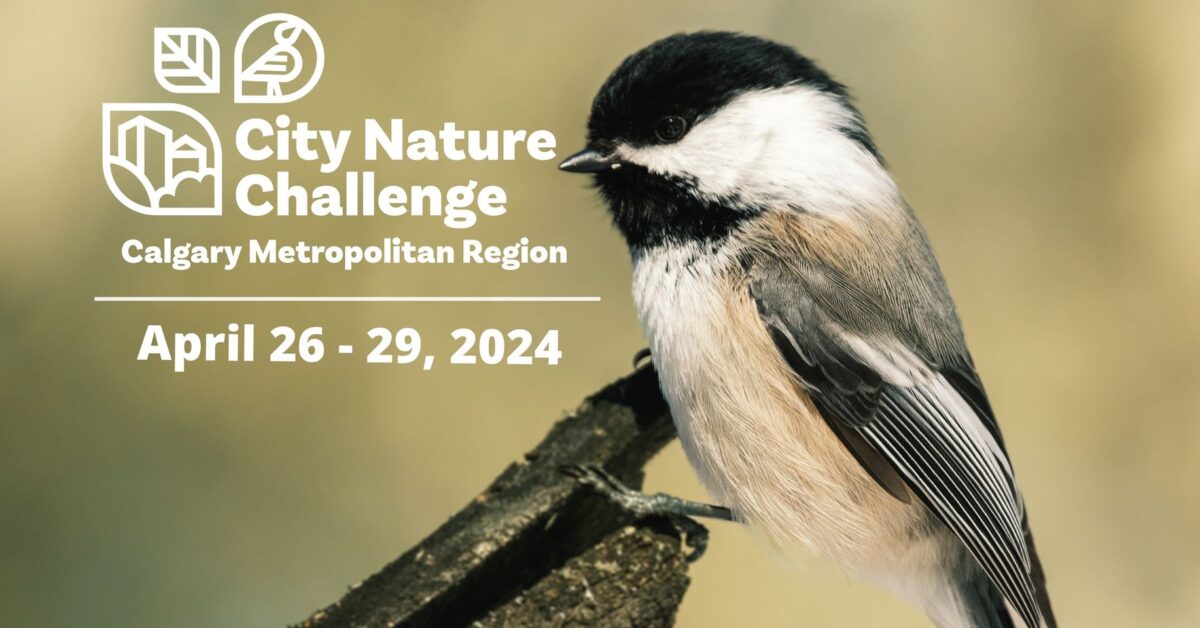
From CNC Organizer Matthew Wallace:
The sixth annual Calgary City Nature Challenge takes place April 26-29! Over 650 cities worldwide will compete and collaborate to showcase their urban biodiversity! Participate by taking photos of wild plants and animals in your yards, neighborhoods, and favorite parks over the four days. Then, upload your observations to the iNaturalist app or iNaturalist.ca!
There are several public events happening across the city which include pollinator walks, guided birding tours, and park bioblitzes. You can also just head out to explore on your own or with a group of friends.
Participate anywhere within the Calgary Metropolitan Region which includes Calgary, Airdrie, Chestermere, Okotoks, Rocky View County, and Foothills County.
The deadline to upload your observations to iNaturalist is midnight May 5.
Cities will compete to see which can make the most observations, document the most species, and engage the most people. Calgary aims to be the top-performing Canadian city with a goal of over 10,000 observations posted. Make as many observations as you can April 26-29 so get outside and help to put Calgary’s biodiversity on the map!
Check out all of the CNC resources on the following pages:
The City Nature Challenge webpage. Watch the events tab as more field trips are added.
The Project Page on the iNaturalist website.
As birders, we can participate by taking as many photos of birds as we can over the four days. Any identifiable photo is good so don’t worry too much about the quality of your pictures. We also need to document everything, so don’t hesitate to photograph House Sparrows, Black-billed Magpies, and other common species. Then you have until midnight on May 5 to upload your photos to iNaturalist.
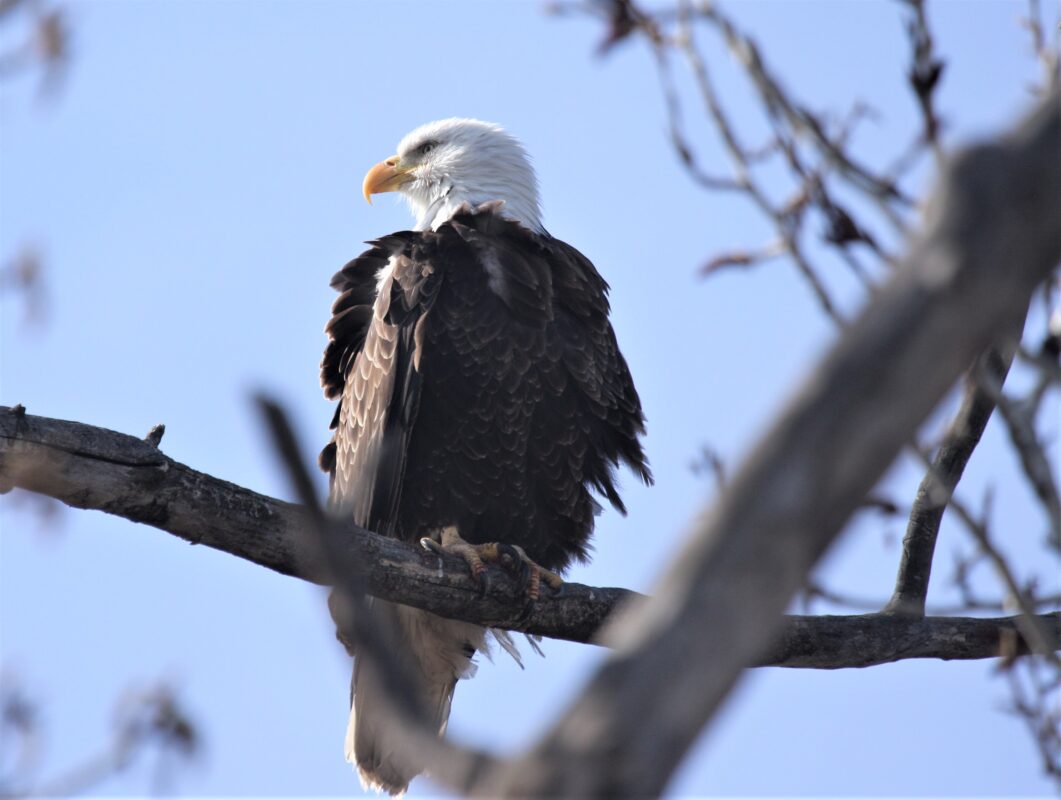
While you’re out there, you can also get photos of non-bird biodiversity with your camera. Maybe you won’t know what species you have, but iNaturalist has an artificial intelligence that can help with the ID, and even if you have no idea, other iNaturalist users will help to identify everything.
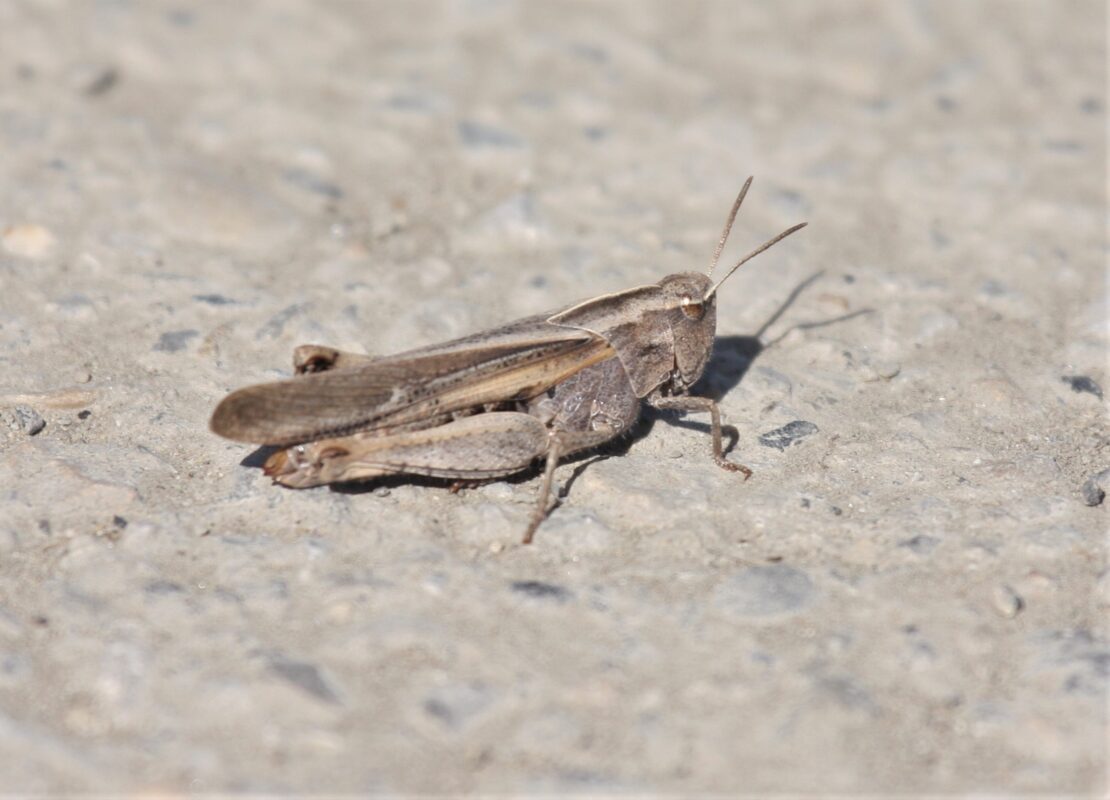
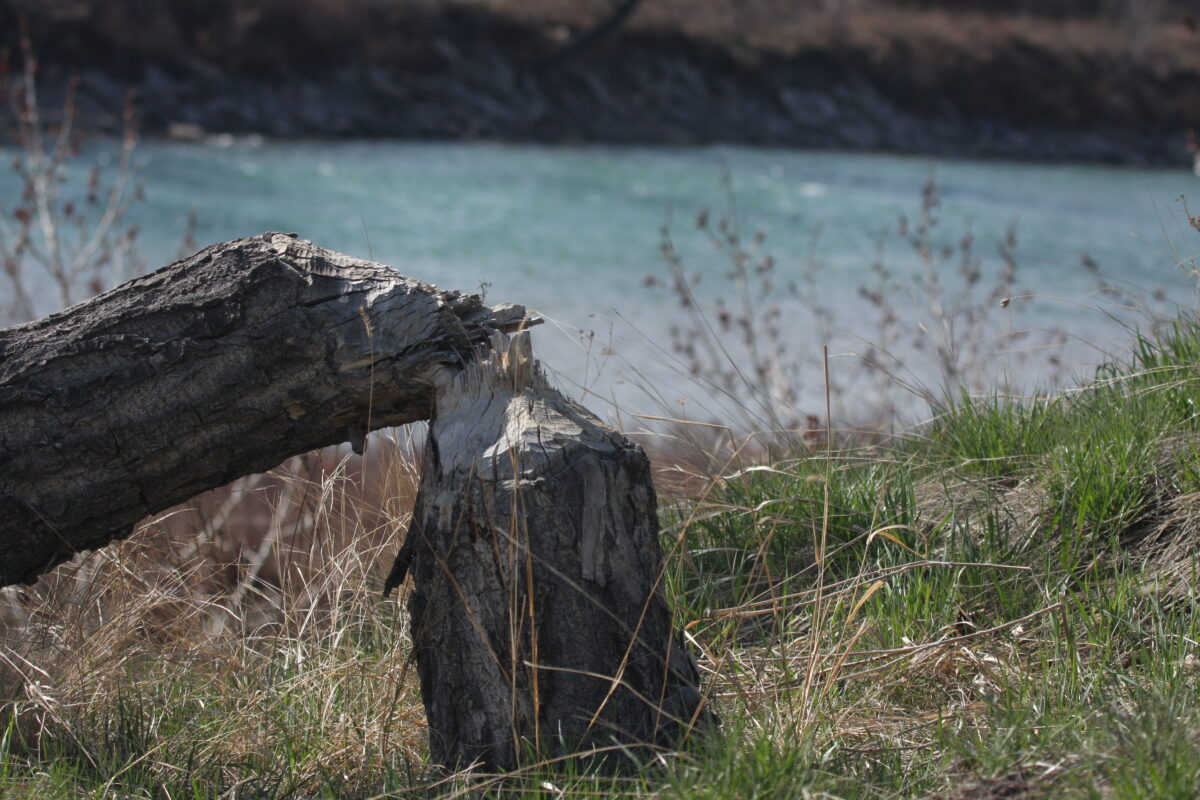
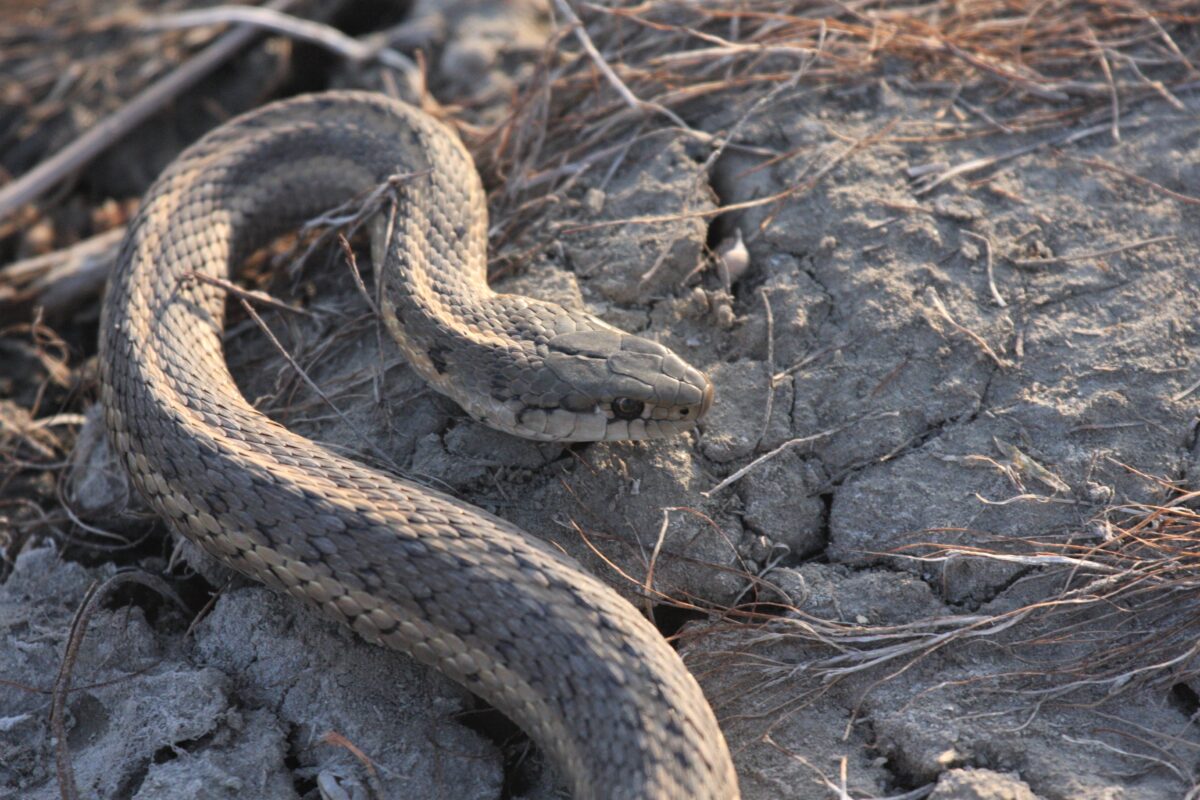
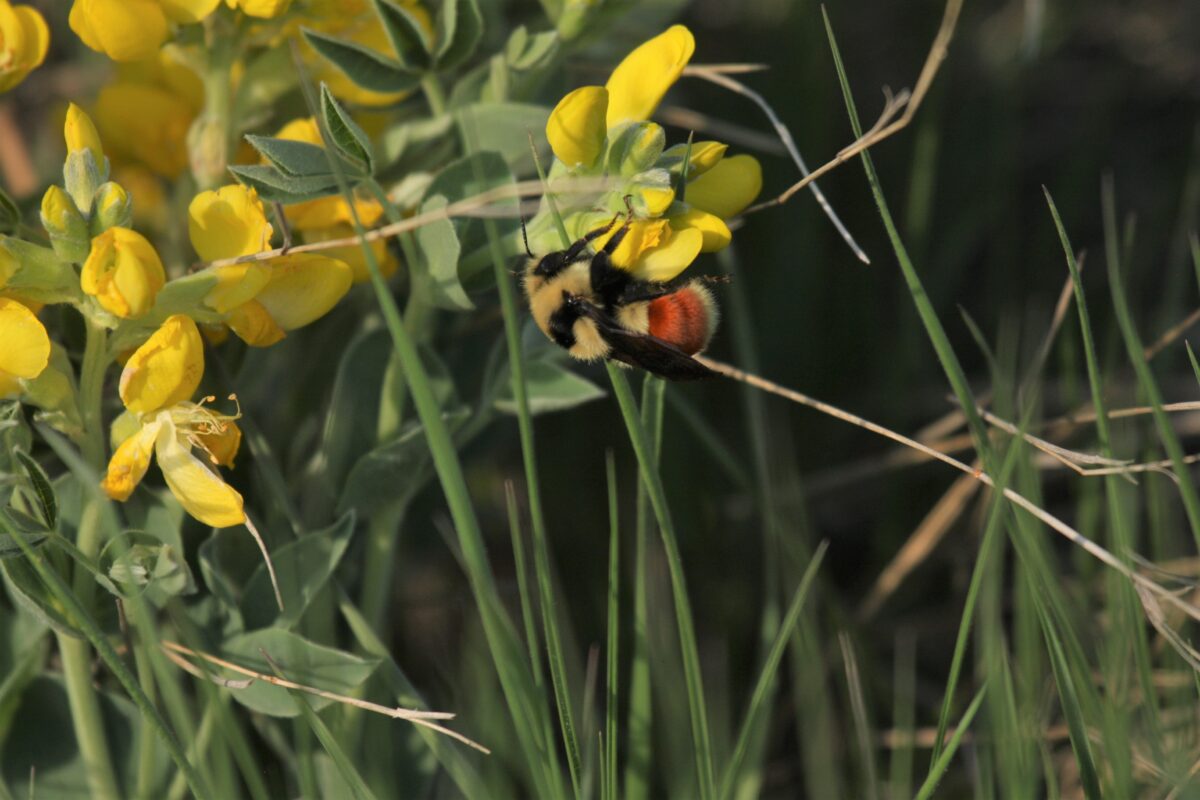
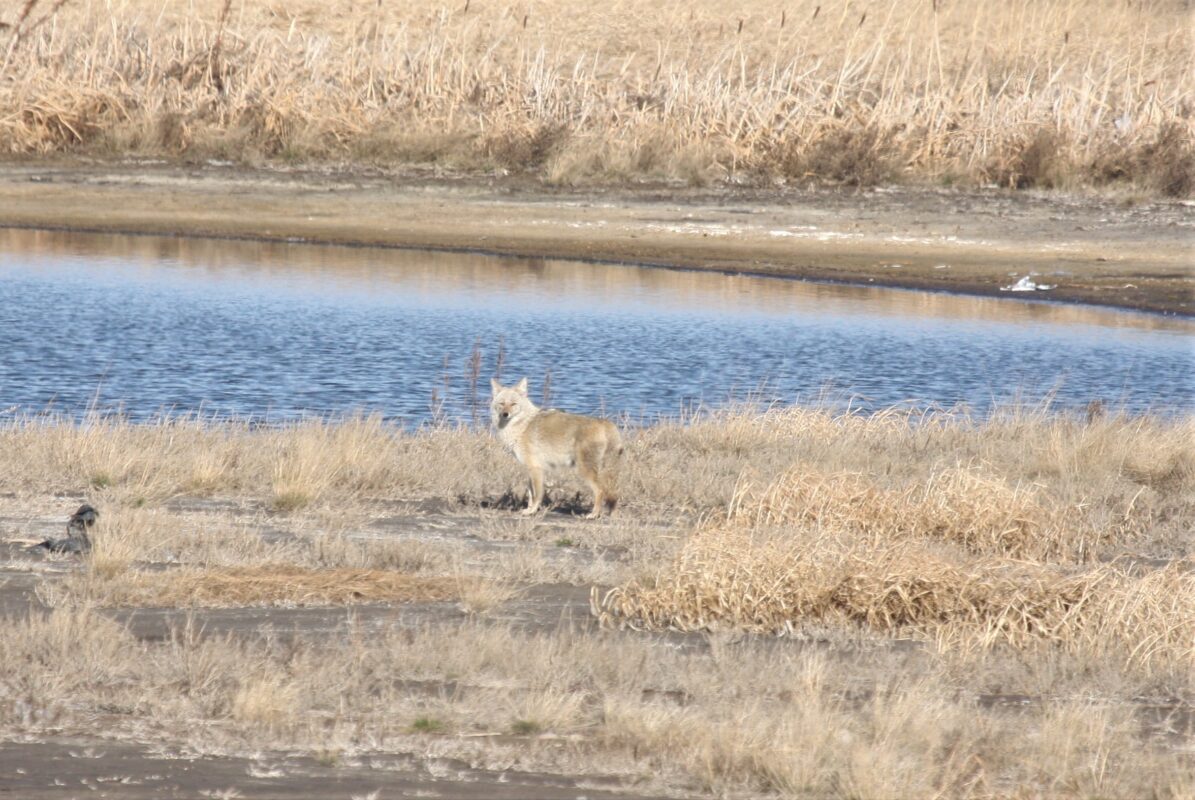
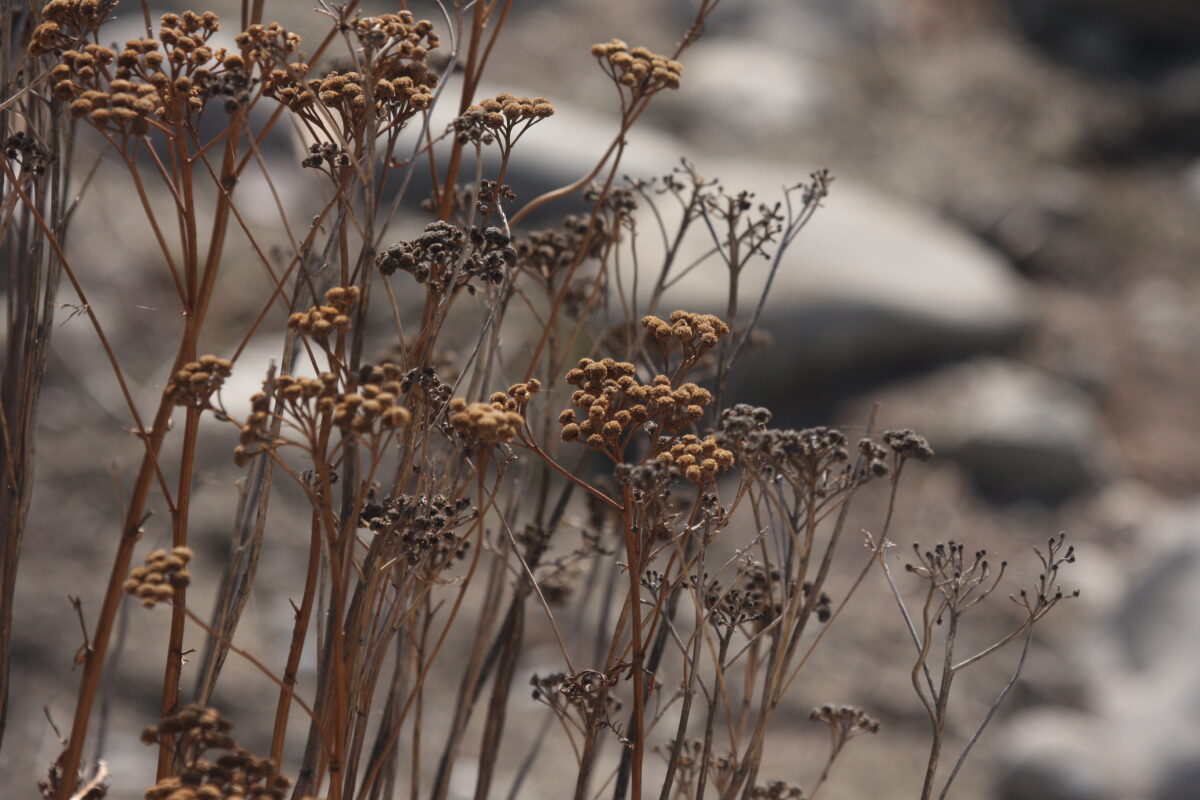
These were a few of the other species I saw on the 2023 CNC. I didn’t know some of the species identifications until I entered them into iNaturalist. (Photos by Bob Lefebvre.)
Since I have my phone with me when I’m birding, I can use it to get photos of other species which are difficult to get with a big camera (photos by Bob Lefebvre):
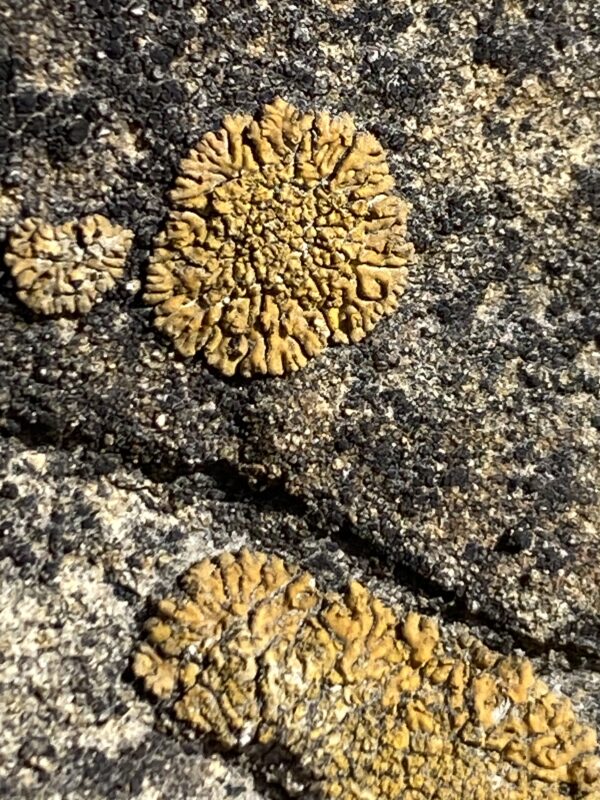
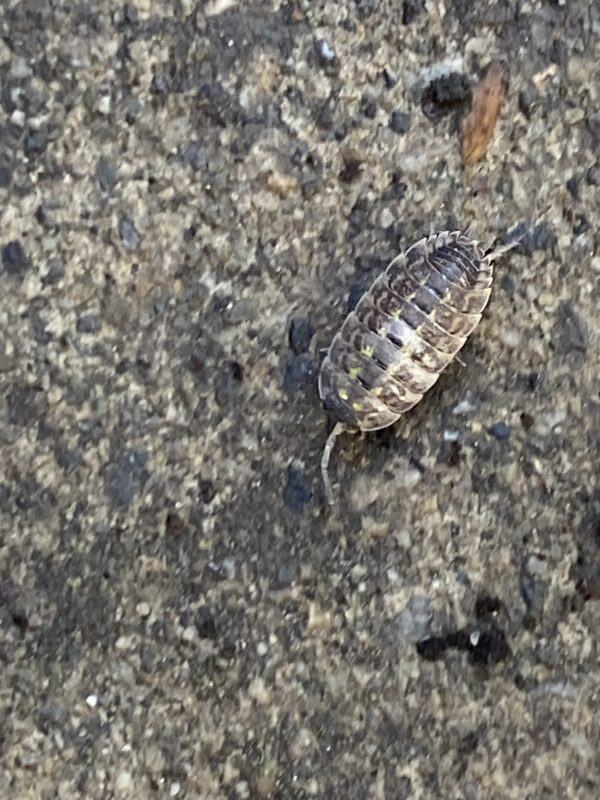
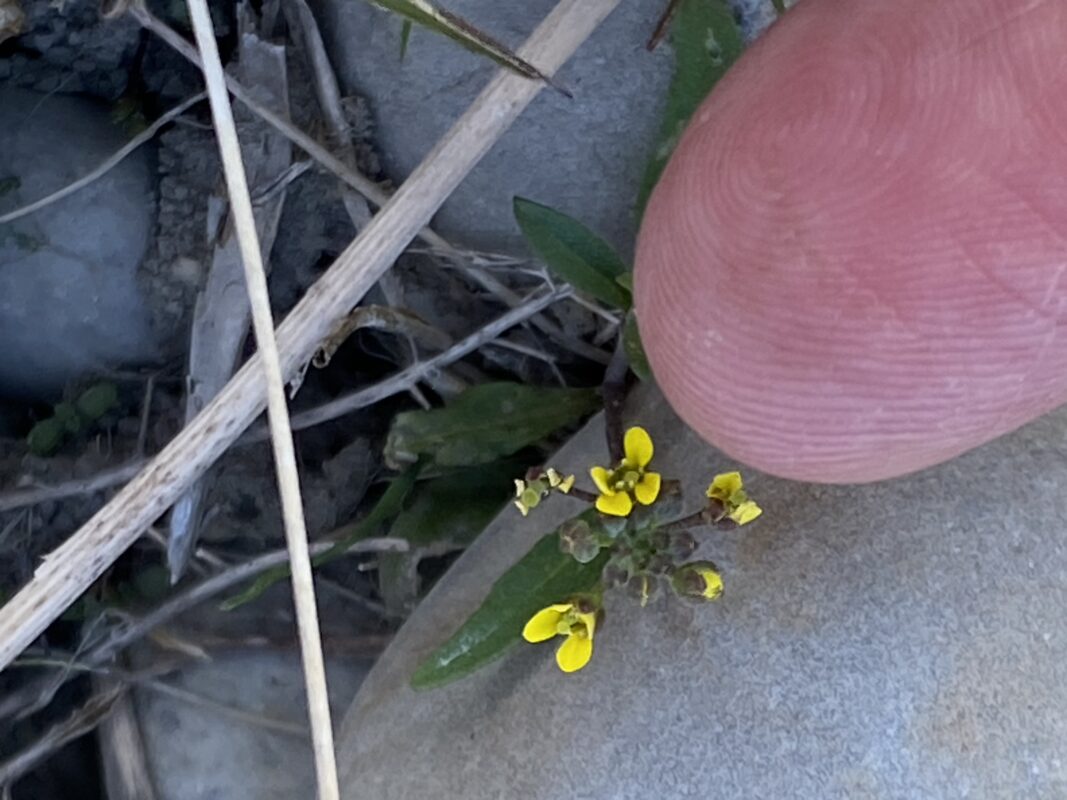
I have found it to be a great experience to use iNaturalist to learn more about our overall biodiversity. Like most birders, I am interested in all of nature, not just birds.
Watch this short video about the 2024 Calgary City Nature Challenge:
Matthew has set a goal of having 10,000 observations made over the four days this year. In 2023 we had 9,301, so we are getting closer! We also hope to better our total of 762 species recorded last year.
So check out the project links above and plan to participate in an event, or just head out on your own!
